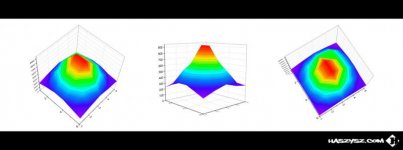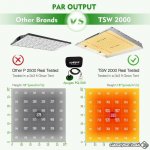Good news for EU countries' grower. The FC/FCE-8000 are available in germany warehouse.
If you want to get best flower light for your 5x5ft grow tent, check FC/FCE-8000.
FC8000: https://www.mars-hydro.com/fc-8000-led-grow-lights

If you want to get best flower light for your 5x5ft grow tent, check FC/FCE-8000.
FC8000: https://www.mars-hydro.com/fc-8000-led-grow-lights



 . May i know your idea of how many pcs 660nm chips needing to be added for TSW2000?
. May i know your idea of how many pcs 660nm chips needing to be added for TSW2000?












